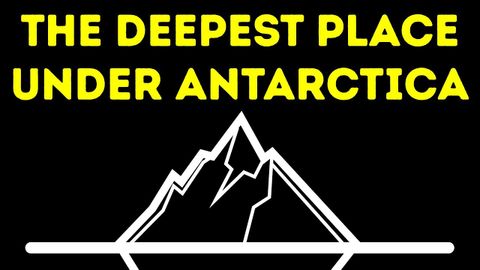
Subtitles & vocabulary
Scientists Have Found the Lowest Land on Earth
00
林宜悉 posted on 2020/03/06Save
Video vocabulary
incredible
US /ɪnˈkrɛdəbəl/
・
UK /ɪnˈkredəbl/
- Adjective
- Very good; amazing
- Really good; amazing; great
A2TOEIC
More massive
US /ˈmæsɪv/
・
UK /ˈmæsɪv/
- Adjective
- Very big; large; too big
- Large or imposing in scale or scope.
B1
More ancient
US /ˈenʃənt/
・
UK /'eɪnʃənt/
- Adjective
- Very old; having lived a very long time ago
- Relating to a period in history, especially in the distant past.
- Noun
- A person who lived in ancient times.
A2
More consider
US /kənˈsɪdər /
・
UK /kən'sɪdə(r)/
- Verb (Transitive/Intransitive)
- To think carefully about something
- To believe someone or something to be something.
A1TOEIC
More Use Energy
Unlock All Vocabulary
Unlock pronunciation, explanations, and filters
